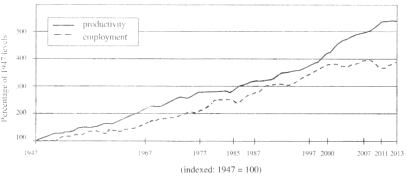题目内容
【题目】假设你是红星中学高三学生李华。请根据以下四幅图的先后顺序,写一篇英文周记,记述你与同学参与“红十字急救培训”活动的全过程。
注意:词数不少于60。
提示词:救护员证first aider certificate

______________________________________________________________________________________________________________________________________________________________________________________________________________________________________________________________________________________________________________________________________________________________________________________________________________________________________________________________
【答案】Last week, I took part in the Red Cross first aid training.
At the beginning, we assembled in the school hall to listen to the importance and basic steps of first aid. After realizing how important first aid is, we couldn’t wait to learn more. After a short grouping, we were led to a classroom where a trainer demonstrated the detailed procedure. We watched closely as he showed every move. Then came the test for first aid. Although I was nervous, I managed to carry out all the moves taught.
To my excitement, I was issued a first aider certificate. I held the certificate with pride and thought that I could help more people in need with the knowledge of first aid.
【解析】
本篇书面表达属于图画作文。要求学生写一篇英文周记,记述你与同学参与“红十字急救培训”活动的全过程。
第一步:审题
体裁:记叙文。
时态:根据提示,时态应为一般过去时。
结构:总分法。
要求:
1.记述你与同学参与“红十字急救培训”活动的全过程
2.词数不少于60。
第二步:列提纲(重点短语)
took part in;how important first aid is;demonstrated the detailed procedure;managed to carry out all the moves taught.
第三步:连词成句
1.Last week, I took part in the Red Cross first aid training.
2.After realizing how important first aid is, we couldn’t wait to learn more.
3.After a short grouping, we were led to a classroom where a trainer demonstrated the detailed procedure.
4.Although I was nervous, I managed to carry out all the moves taught.
根据提示及关键词(组)进行遣词造句,注意主谓一致和时态问题。
第四步:连句成篇
1.表示文章结构顺序:活动的时间;活动的内容;活动的地点;活动的意义
2. 表示并列补充关系:At the beginning;After;Then;
第五步:润色修改


